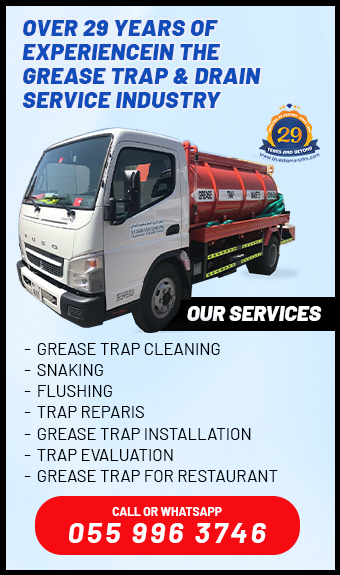Grease Trap Sizing Guide: How to Choose the Right One for Your Commercial Kitchen
A properly sized grease trap is the backbone of any compliant and efficient commercial kitchen. In this Grease Trap Sizing Guide, we’ll show you how to choose the right capacity to handle your kitchen’s wastewater needs, meet municipal regulations, and avoid costly blockages. Whether you’re running a busy restaurant in Dubai or managing a hotel kitchen in Abu Dhabi, the right sizing ensures smooth operations, protects your plumbing, and keeps you on the right side of local kitchen drainage compliance.
Why Grease Trap Sizing Matters for Commercial Kitchens
The grease trap is your first line of defense against fats, oils, and grease (FOG) entering your drainage system. Installing the wrong size can lead to:
Frequent clogs and costly emergency plumbing.
Fines from non-compliance with UAE wastewater regulations.
Unpleasant odors that disrupt kitchen hygiene.
A correctly grease trap size for commercial kitchen:
Handles peak wastewater flow.
Separates grease effectively without overflow.
Reduces maintenance frequency and costs.
Understanding Grease Trap Sizing Basics
How Grease Traps Work in a Commercial Kitchen:
A grease trap slows down the flow of wastewater, allowing fats, oils, and grease to float to the top while solids settle at the bottom. Clean water exits into the drainage, keeping pipes clear.
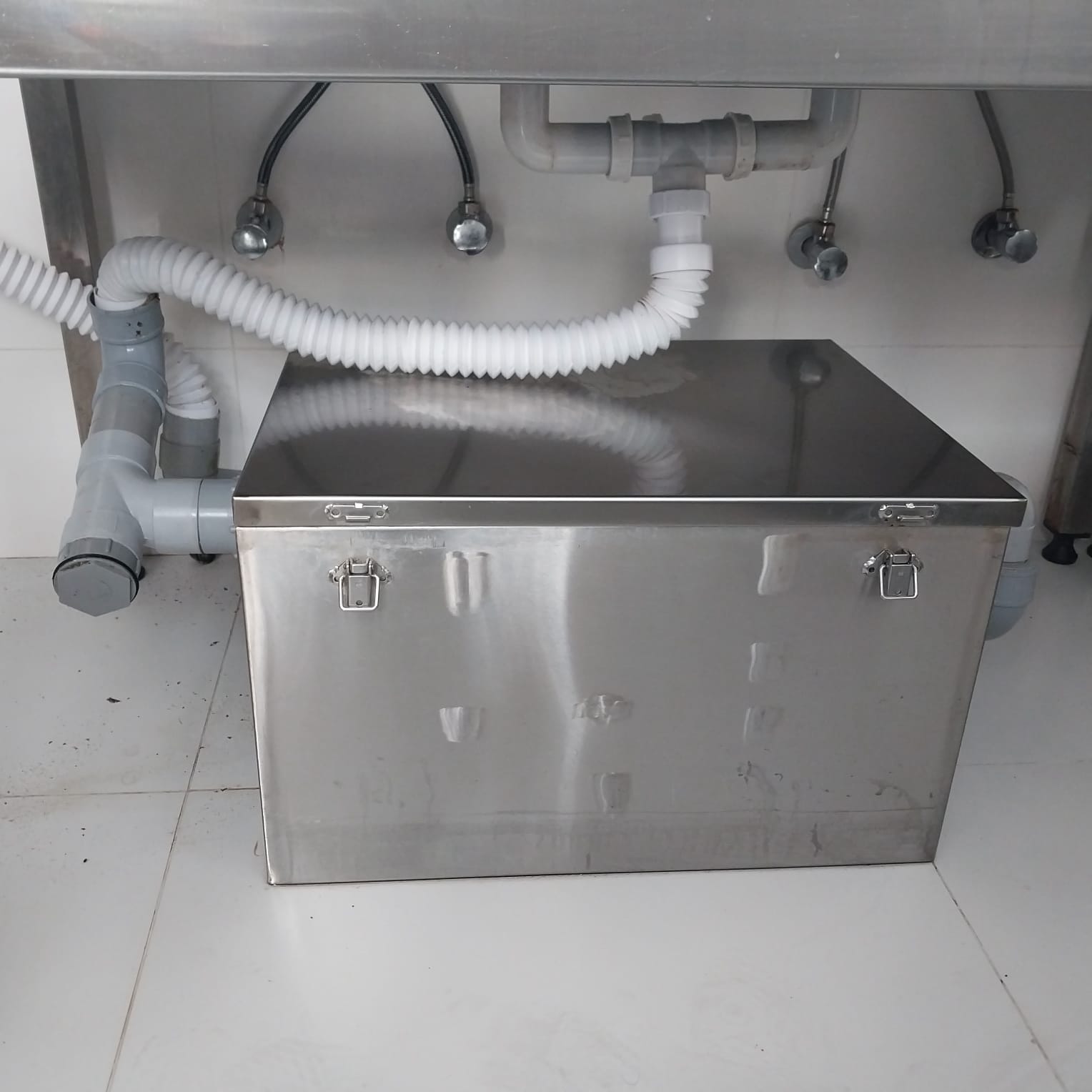
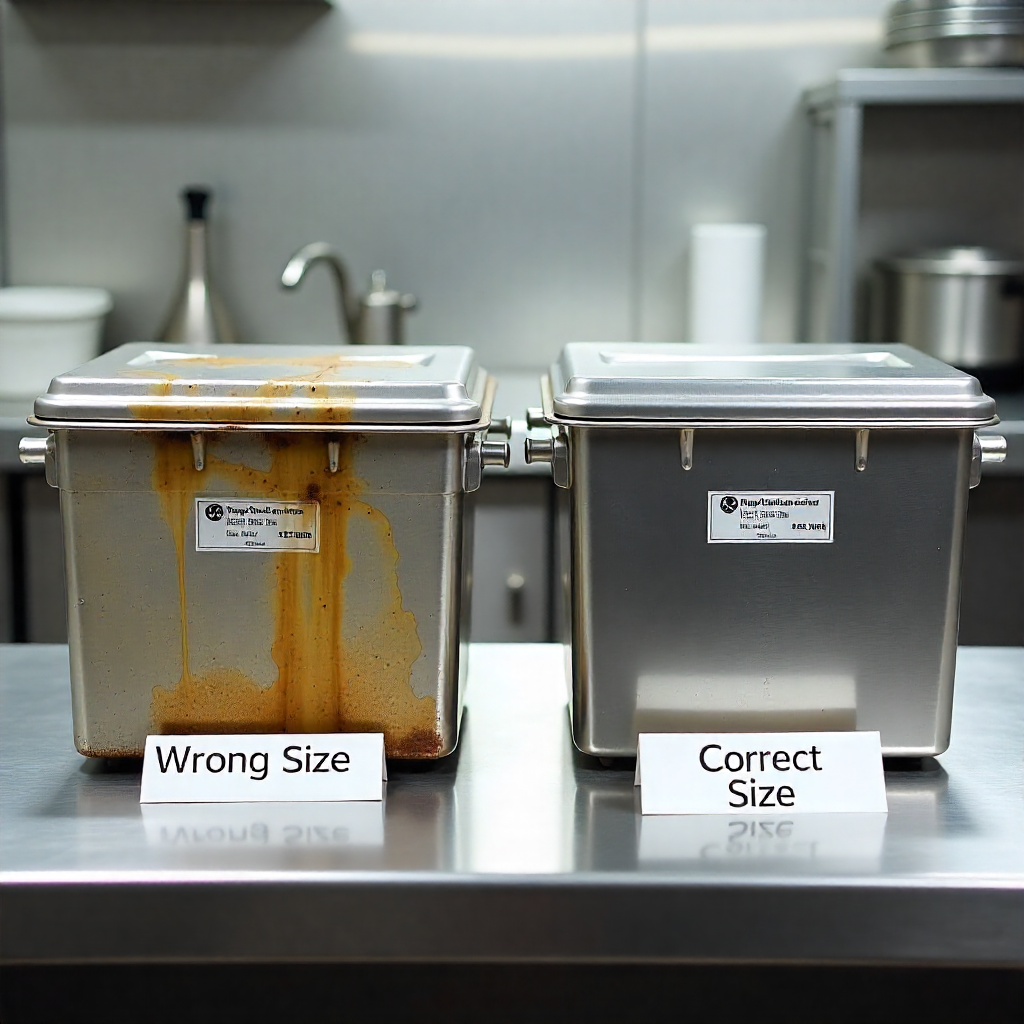
Common Grease Trap Sizes and Applications:
-
- Small Capacity (20–50 liters) – Ideal for small cafés or coffee shops.
-
Medium Capacity (50–150 liters) – Suitable for standard restaurants.
-
Large Capacity (150+ liters) – For high-volume kitchens like hotels, malls, or industrial catering facilities.
Selecting the correct grease interceptor capacity ensures efficiency and compliance.
How to Calculate the Right Grease Trap Size
Step-by-Step Grease Trap Size Calculation
-
Measure sink dimensions (length × width × depth in cm).
-
Multiply to find volume in liters.
-
Add extra volume for other kitchen fixtures (dishwashers, prep sinks).
-
Factor in flow rate to determine retention time — usually 30 minutes.
Example:
If your kitchen sink’s combined volume is 120 liters and your peak flow rate is 2 liters/sec, you’d need a trap that can hold at least 240 liters for effective separation.
Factors That Affect Grease Trap Sizing
Menu type – Greasy, fried foods produce more FOG.
Number of meals served daily – Higher output = larger trap.
Local kitchen drainage compliance rules – UAE municipalities often have minimum capacity requirements.
Compliance and Local Regulations in the UAE & GCC
Authorities like Dubai Municipality and Abu Dhabi Environment Agency require grease traps for all food establishments.
Penalties for non-compliance include fines, temporary closure, or permit suspension.
Approved designs must meet restaurant wastewater management standards.
Regular maintenance logs may be required for inspection.
Signs Your Grease Trap May Be the Wrong Size
- Persistent clogs despite regular cleaning.
- Frequent overflows during peak hours.
- Strong, lingering kitchen odors.
Professional Tips for Choosing the Right Grease Trap
- Work with a Certified Installer
Certified specialists can perform accurate grease trap size calculations and ensure installation meets compliance.
-
Plan for Future Capacity Needs
If you expect your kitchen operations to grow, choose a slightly larger capacity now to avoid costly replacements later.
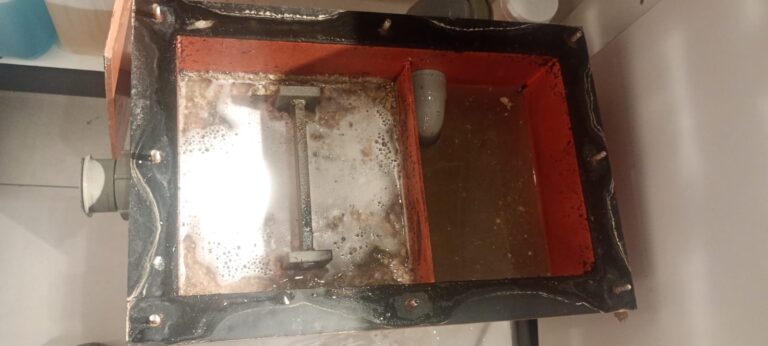
Grease Trap Maintenance for Optimal Performance
Schedule cleaning every 1–3 months depending on kitchen usage.
Keep a maintenance log for compliance checks.
Inspect for wear and tear during each service.
A well-maintained trap lasts longer and reduces unexpected downtime.
Make the Right Choice for Your Kitchen’s Future
Choosing the correct grease trap size is more than a technical decision — it’s a smart investment in your kitchen’s efficiency, hygiene, and compliance. This Grease Trap Sizing Guide can help you avoid costly mistakes and ensure smooth operations.
Need expert grease trap sizing, installation, or maintenance in the UAE?
Contact Blue Diamond team today for professional services that keep your kitchen running at its best.
Most Frequently Asked Question
It depends on kitchen output, but most medium-sized restaurants use traps between 50–150 liters.
Typically every 1–3 months, depending on kitchen volume and trap size.
It’s best to hire a certified installer to meet UAE compliance and ensure correct sizing.
You’ll face frequent blockages, odors, and potential compliance fines.
Yes. Dubai and Abu Dhabi municipalities have specific capacity and maintenance requirements for food businesses.
Measure sink volume, account for all fixtures, factor in flow rate, and ensure a minimum 30-minute retention time.
Our Services
Our step-by-step guide simplifies the cleaning process, ensuring a hassle-free experience while keeping your traps clean.
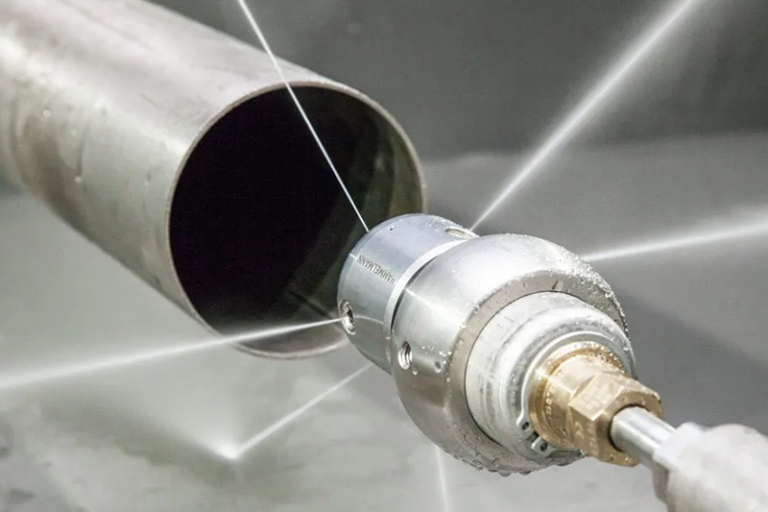
Drain Line Jetting
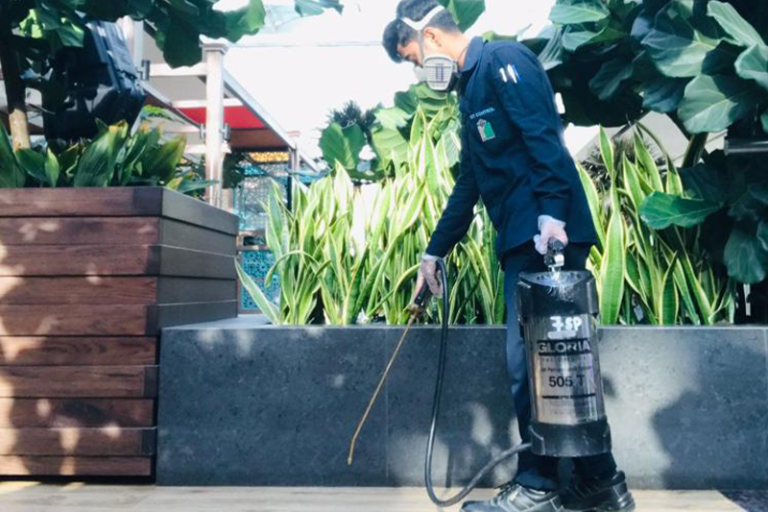
Pest Control Service
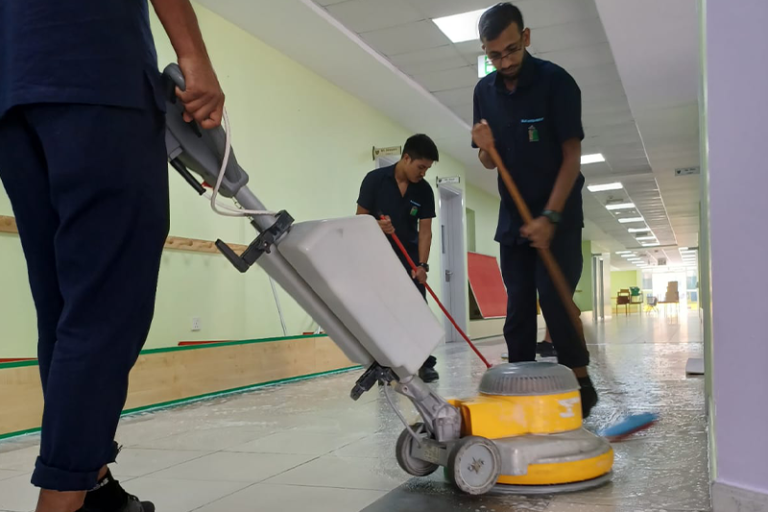
Deep Cleaning
business
Our Working Process
Let’s start the journey towards success and enhance revenue for your business. Take your company to the next level.
Book An Appointment Today
Blue Diamond would like to hear from you. if you have business inquiries. Get in touch with us.





